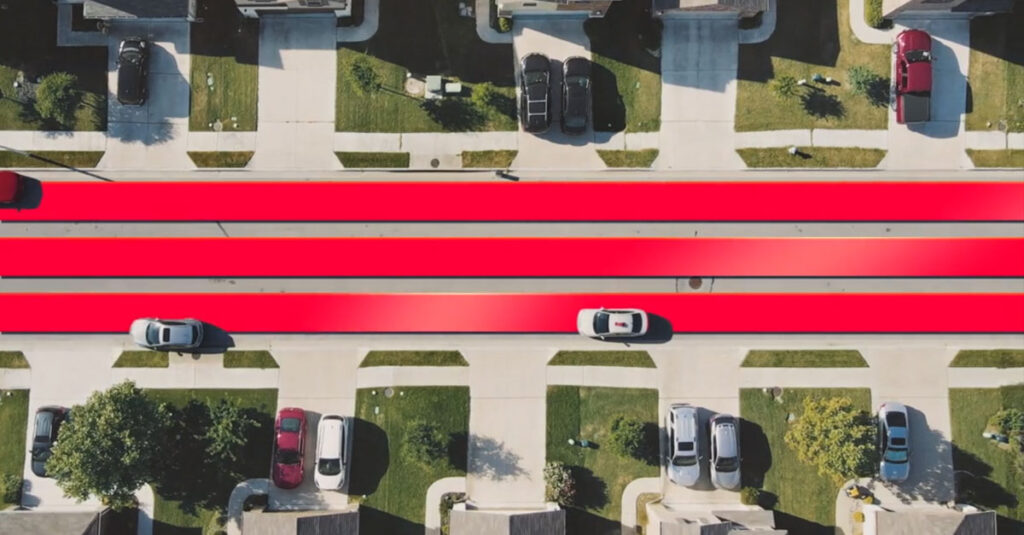
Why Is Getting Fiber Internet Worth It?
Hesitating about signing up for fiber internet? Sure, you have questions. You’ve heard installation is difficult, you’re not a household of gamers, you’re concerned about keeping your phone service and you’re just inclined to stick with the technology you’re familiar with.
We know your questions and have the answers that will help you feel comfortable and positive about having fiber internet in your home. Take a look.
What is fiber technology all about?
Fiber is the internet technology of the future. Fiber internet is delivered to your home with light carried over hair-thin strands of glass wrapped in a waterproof, protective cable. This technology can deliver fast speeds to keep up with both your current and future needs. Fiber also has low lag or latency—the time it takes for your command to make the round trip from your home to the internet and back.
Fiber facts that might surprise you
- Fast upload speeds. Fiber offers symmetrical speeds both up and down, meaning you can upload a video just as fast as you can download it. If you’re working from home and sending large files or video conferencing, fiber’s fast uploads are key.
- Lower environmental impact. Because fiber uses less electricity, studies show that it can lead to lower carbon emissions—up to 34% less than some older technologies.
How complicated is fiber installation?
The installation process for fiber internet—called Fiber to the Home (FTTH)—is actually pretty simple.
You’ll schedule the date with your internet service provider (ISP), and professional installers will bring all the necessary items, including a new up-to-date router.
The installation process generally goes as follows:
- Fiber service will be wired to your home using either underground or aerial wires. This decision is made by your local community council, which works with the service provider to select the best implementation option for your particular neighborhood.
- Your Optical Network Terminal (ONT) is installed. A technician with your service provider will install a service box called an ONT outside or inside your home. The ONT converts light signals coming through the fiber into electrical signals for your router, which sends that information to your devices.
- For an underground installation, a crew from the service provider will need to dig a small trench on your property, in which they will bury the fiber optic cable from the street. This process may require more than one visit. The line will then be connected to the ONT.
- For an aerial installation, a technician will string a wire from a utility pole to your ONT.
- A data line from the ONT to your router will be connected. You can give your technician options on where to put your router.
- Connect your devices to your Wi-Fi network. The final step is to set up your home Wi-Fi network and connect all your devices to the router.
What happens to your phone service?
When you have fiber, your internet provider can still provide your phone service, and you can keep the phone number you have now. Fiber phone service typically uses Voice over Internet Protocol (VoIP), which has many more features than plain old copper telephone service. You may need to replace your landline phones with ones that are VoIP enabled.
If you ever have a power outage, you can continue to power your VoIP service from a backup battery located near the ONT. With this optional unit installed, you’ll still be able to make calls for several hours.
Fast fiber technology can bring you a lot of benefits and a lot of positive new experiences that let you make the most of the ways you connect and communicate.
Frontier Fiber is built for the way you live today—and tomorrow
Get ready to enjoy Frontier Fiber’s ultrafast internet connection for streaming, gaming, working from home and running your smart home—all with enough bandwidth for everyone. Installation is easier than you think. Frontier Fiber is available in select areas—check here to see when it’s available at your address.
Product features and availability may have changed and are subject to change.



